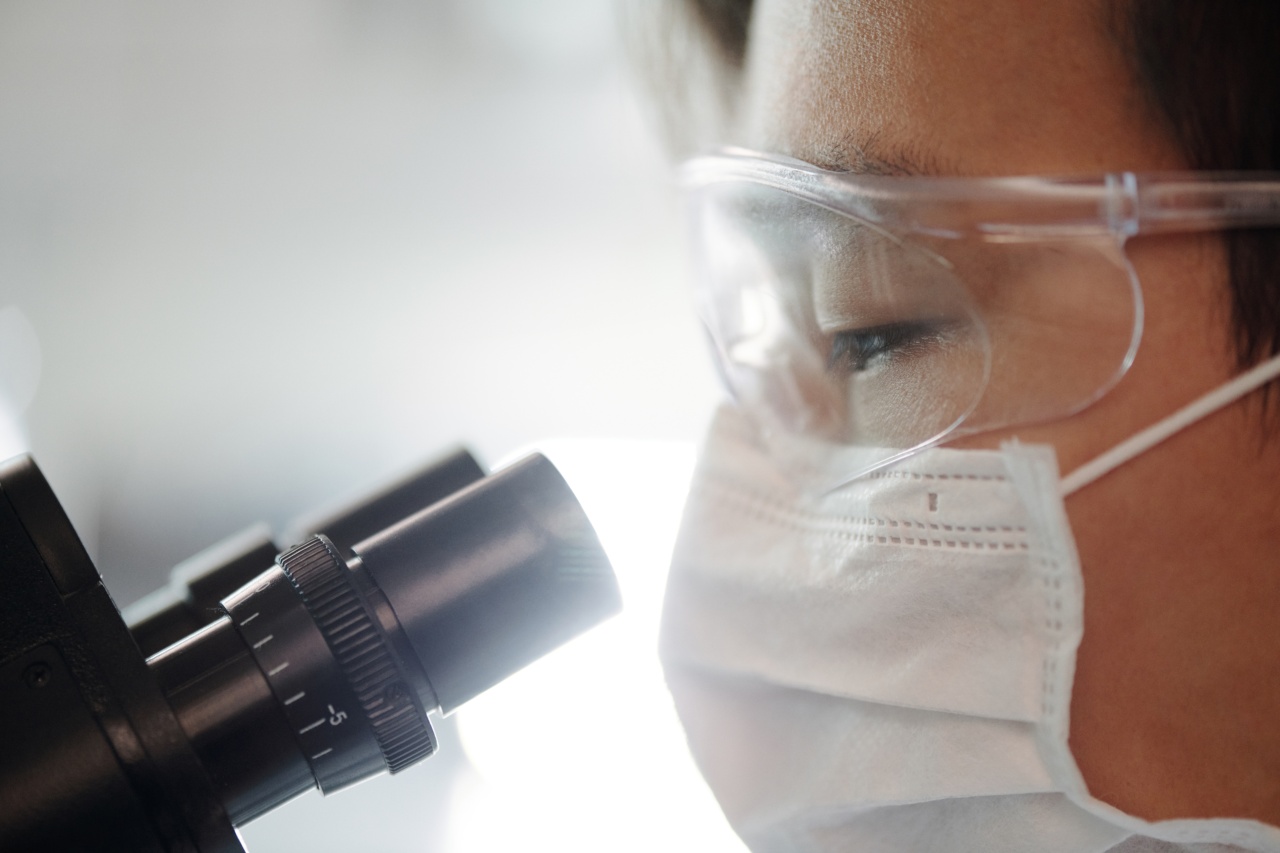Parkinson’s disease is a chronic and degenerative disorder of the central nervous system that affects the way the brain coordinates and controls body movements.
The disease is named after James Parkinson, an English physician who first described the symptoms of the disease in a paper published in 1817. While Parkinson’s disease is primarily associated with motor symptoms such as tremors, stiffness, and slow movements, it can also affect non-motor symptoms such as mood, sleep, and cognitive function.
Diagnosis of Parkinson’s Disease
Diagnosing Parkinson’s disease can be difficult, especially in the early stages of the disease.
There is no single test that can definitively diagnose Parkinson’s disease, which is why doctors rely on a combination of medical history, physical examination, and neurological tests to make a diagnosis.
Medical history: The doctor will ask about the patient’s medical history, including any family history of Parkinson’s disease. They will also ask about the patient’s symptoms, when they started, and how they have progressed over time.
Physical examination: The doctor will perform a physical examination to look for signs of Parkinson’s disease. They will look for tremors, rigidity, and bradykinesia (slow movements).
Neurological tests: The doctor may perform a number of neurological tests to assess the patient’s cognitive function, balance, and coordination.
Some common neurological tests include the Mini-Mental State Examination (MMSE), the Montreal Cognitive Assessment (MoCA), and the Movement Disorder Society – Unified Parkinson’s Disease Rating Scale (MDS-UPDRS).
Treatment of Parkinson’s Disease
There is currently no cure for Parkinson’s disease, but there are a variety of treatment options that can help manage the symptoms of the disease.
Treatment for Parkinson’s disease typically focuses on medication, lifestyle changes, and surgery if indicated.
Medication
The most common medications used to treat Parkinson’s disease are dopamine agonists and levodopa. Dopamine agonists work by mimicking the effects of dopamine in the brain, while levodopa is converted into dopamine in the brain.
Other medications that may be prescribed include MAO-B inhibitors, COMT inhibitors, and anticholinergics.
Lifestyle Changes
Lifestyle changes can also help manage the symptoms of Parkinson’s disease. Exercise, for example, has been shown to improve balance, coordination, and muscle strength in people with Parkinson’s disease.
Diet can also play a role in managing Parkinson’s disease, particularly when it comes to constipation. Drinking plenty of fluids, increasing fiber intake, and taking laxatives if necessary can help regulate bowel movements.
Surgery
In some cases, surgery may be recommended to manage the symptoms of Parkinson’s disease. Deep brain stimulation (DBS) is a common surgical procedure used to treat the motor symptoms of Parkinson’s disease.
During the procedure, electrodes are implanted into the brain and connected to a pacemaker-like device that is placed under the skin in the chest. The device delivers electrical impulses to the brain, which can help reduce tremors, stiffness, and other motor symptoms.
Parkinson’s Disease and the Intestine
Researchers are increasingly looking at the role of the gut microbiome in Parkinson’s disease. Recent studies have suggested that changes in the gut microbiome may contribute to the development and progression of Parkinson’s disease.
One study found that people with Parkinson’s disease had different gut microbiota compared to people without the disease.
Specifically, people with Parkinson’s disease had lower levels of certain bacteria that are thought to be involved in regulating inflammation in the gut.
Another study found that transplanting fecal matter from people with Parkinson’s disease into mice led to Parkinson’s-like symptoms in the mice.
This suggests that the gut microbiota may be involved in the development of Parkinson’s disease.
While more research is needed to fully understand the role of the gut microbiome in Parkinson’s disease, there is growing interest in the potential of targeting the gut microbiome as a way to treat or prevent the disease.
Conclusion
Parkinson’s disease is a complex and multifaceted disorder that affects millions of people around the world. While there is currently no cure for the disease, there are a variety of treatment options available that can help manage its symptoms.
Furthermore, recent research has highlighted the potential role of the gut microbiome in Parkinson’s disease, opening up new avenues for understanding and treating this debilitating condition.





























